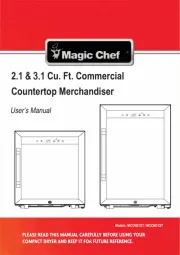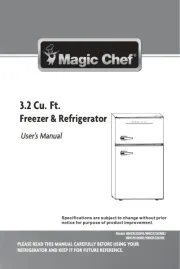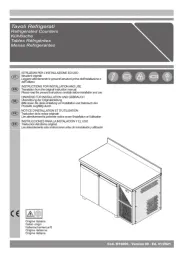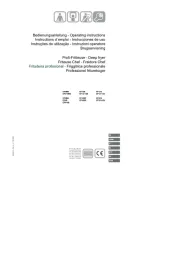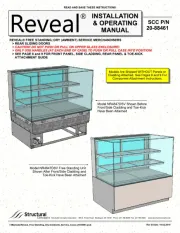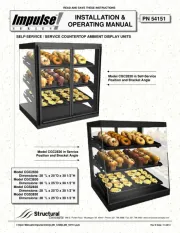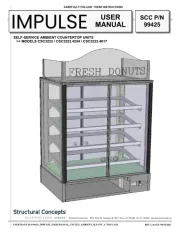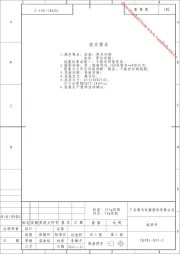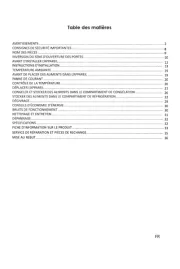Smeg FAB28RP1 Manual
Læs gratis den danske manual til Smeg FAB28RP1 (21 sider) i kategorien Køleskab. Denne vejledning er vurderet som hjælpsom af 11 personer og har en gennemsnitlig bedømmelse på 4.6 stjerner ud af 6 anmeldelser.
Har du et spørgsmål om Smeg FAB28RP1, eller vil du spørge andre brugere om produktet?

Produkt Specifikationer
| Mærke: | Smeg |
| Kategori: | Køleskab |
| Model: | FAB28RP1 |
| Afrimningsfunktion: | Ja |
| Vekselstrømsindgangsspænding: | 220 - 240 V |
| Vekselstrømsindgangsfrekvens: | 50 Hz |
| Bredde: | 600 mm |
| Dybde: | 732 mm |
| Højde: | 1510 mm |
| Produktfarve: | Cremefarvet |
| Indbygget skærm: | Ingen |
| Energieffektivitetsklasse (gammel): | A++ |
| Årligt energiforbrug: | 180 kWh |
| Placering af apparat: | Fritstående |
| Dørhængsel: | Højre |
| Tilsluttet belastning: | 90 W |
| Støjniveau: | 39 dB |
| Vendbare døre: | Ingen |
| Fryser, netto rumindhold: | 26 L |
| Fryser, brutto rumindhold: | - L |
| Frysekapacitet: | 2 kg/24t |
| Opbevaringstid under strømafbrydelse: | 12 t |
| Klimaklasse: | SN-T |
| Køleskab antal hylder/kurve: | 3 |
| Antal grøntsagsskuffer: | 1 |
| Æggebakke: | Ja |
| Køleskab, netto rumindhold: | 222 L |
| Total netto kapacitet: | 222 L |
| Understøtter VPN: | 230 L |
| No Frost (køleskab): | Ingen |
| Køleskab indvendigt lys: | Ja |
| Stjernebedømmelse: | 4* |
| Fryser position: | Top - placeret |
| Køleskab, brutto rumindhold: | 230 L |
| Multi-Airflow-system (køleskab): | Ja |
| Flaskeholder: | Ja |
| No Frost (fryser): | Ingen |
| Dybde uden håndtag: | 682 mm |
| Isterning bakke: | Ja |
| Termostat: | Ja |
| Antal kompressorer: | 1 |
Har du brug for hjælp?
Hvis du har brug for hjælp til Smeg FAB28RP1 stil et spørgsmål nedenfor, og andre brugere vil svare dig
Køleskab Smeg Manualer
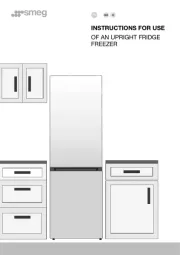
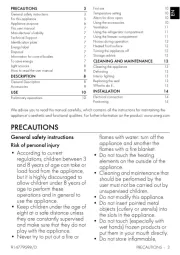
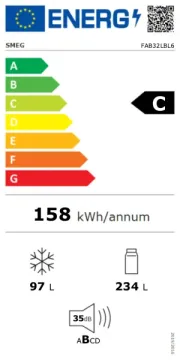
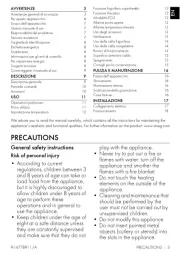
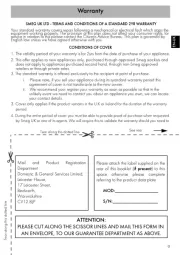
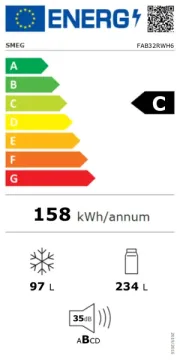
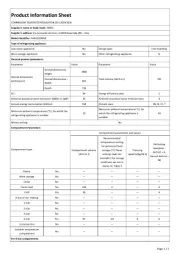
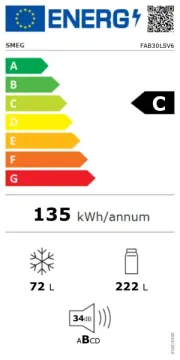
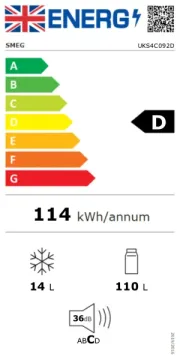
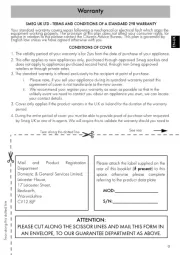
Køleskab Manualer
- Mitsubishi
- Heller
- Monogram
- Norpole
- ECG
- Arthur Martin-Electrolux
- Premium
- Husqvarna
- Yolco
- Nostalgia
- Haier
- Furrion
- Frigidaire
- Continental Edison
- Medion
Nyeste Køleskab Manualer
